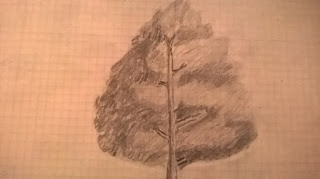Finkbeiner 1
Zack Finkbeiner
Mrs. Meara
Honors English 10
November 24 2015
Hello everyone, as you already know my name is Zack and for my IRP Q2 book I chose "Crazy Creatures Balloon Modeling" by Top That!. The reason I chose this book was because I wanted to be able to make cooler and more sophisticated balloon animals. Last post I showed you how i created the Humming bird. This post I will show you how I continue to develop my skills and try to create harder animals such as the swan. Since creating the humming bird was so easy i decided to try something that looked a little more difficult. The reason i felt that the swan would be more difficult is because it takes two balloons instead of just one. Creating the swan was easier than i expected but it was still very hard. one of the most difficult things about creating the swan was when i had to connect the two balloons to create its body. As the book says "Twist an 8 inch bubble in the second balloon to make the body" (24, Top That!). Another part that i found challenging with creating the swan was bending the neck into the right angle and then drawing the details on to it. bending the neck was difficult because it always seemed to be twisted every time i tried to bend it past a certain point. Eventually i was able to bend it so that it only looked a little bit off.
Other than bending the neck i also had trouble drawing on the details of the wings and eyes. As you may notice i only show one side of the swan, and that is because on the other side i drew the feathers all backwards and i drew the eye way to small. "Complete your model with features and eyes drawn with permanent felt-tip or marker" (37, Top That!).
You may also notice how my swan is pink instead of white or black, this is because i didn't have any white balloons and I also wanted to put my own artistic touch on the swan. Do you think that the swan would have came out better if i had made it with white? Or is there another color you think would have looked even better, if so what?




































